#compsognathids
Explore tagged Tumblr posts
Text


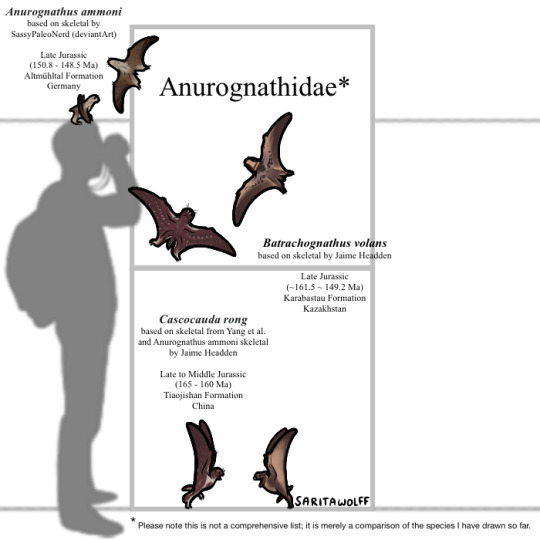
Finally released from the Dinosaur Hell of my own making, I bring to you some extra size charts comparing related species that I’ve drawn so far!
Huge congrats to everyone who completed Archovember this year, as well as to those who are still working through the list at their own (healthier) pace! It was nice having a couple extra people to check in on on Tumblr this year too! It was so fun seeing everyone’s take on these species, and being able to give some of the lesser-known ones some much deserved attention.
I’d like to urge people to go to my Instagram SaritaPaleo and see the story highlights, check out what other people have drawn, and give them some likes and comments as well. A lot of people put so much effort and creativity into this year!
I’ve also just posted some polls to my Instagram story about next year’s Archovember, particularly about the order the species will be drawn in and if I should move the challenge to a different month. If you plan to participate next year please check that out asap, as it may change how this challenge goes in the future!
141 notes
·
View notes
Text

A little (slightly messy) Sinosauropteryx bust
#art#my art#digital art#paleoart#paleontology#palaeoblr#archosaurs#dinosaurs#theropods#coelurosaurs#compsognathids#sinosauropteryx
53 notes
·
View notes
Photo
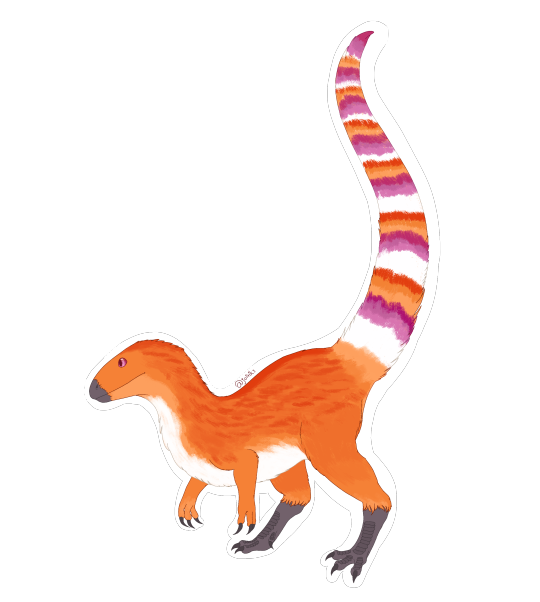
i straight up did not upload this? my bad
u can get her as a sticker or something else here <3
#me when i dont upload a 3+ month old piece 🤡#sinosauropteryx#sinosauropteryx prima#compsognathid#compsognathids#lgbt#lgbtq#lgbtq pride#lesbian#lesbian pride#dinosaur#dinosaurs#theropod#theropods#theropod dinosaur#theropoda#pride#my art
114 notes
·
View notes
Text

116 notes
·
View notes
Text
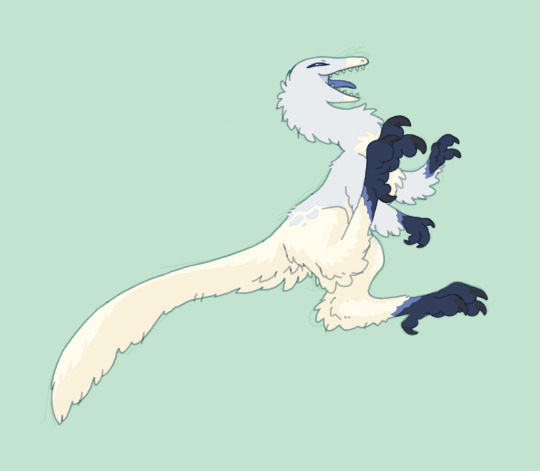
Jokull, a commission
66 notes
·
View notes
Text

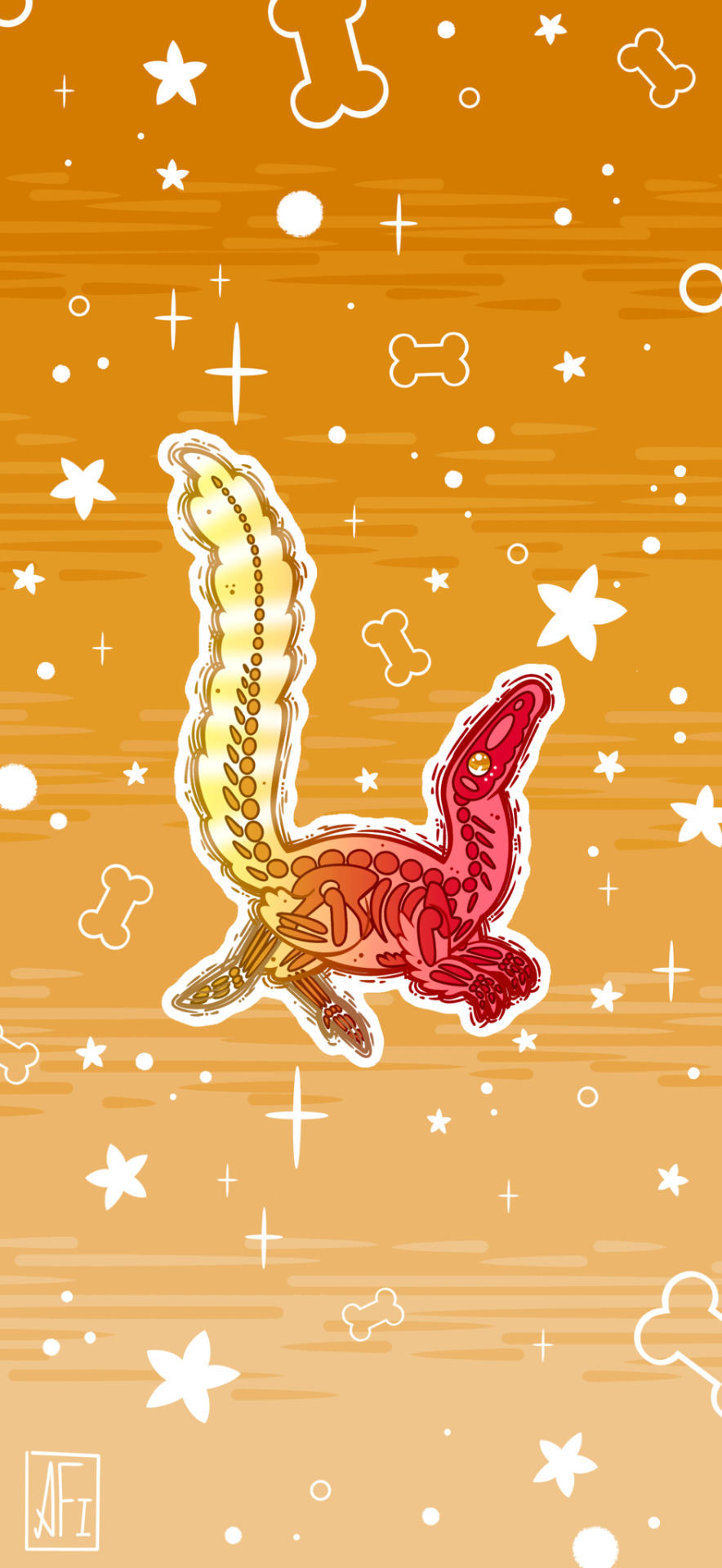
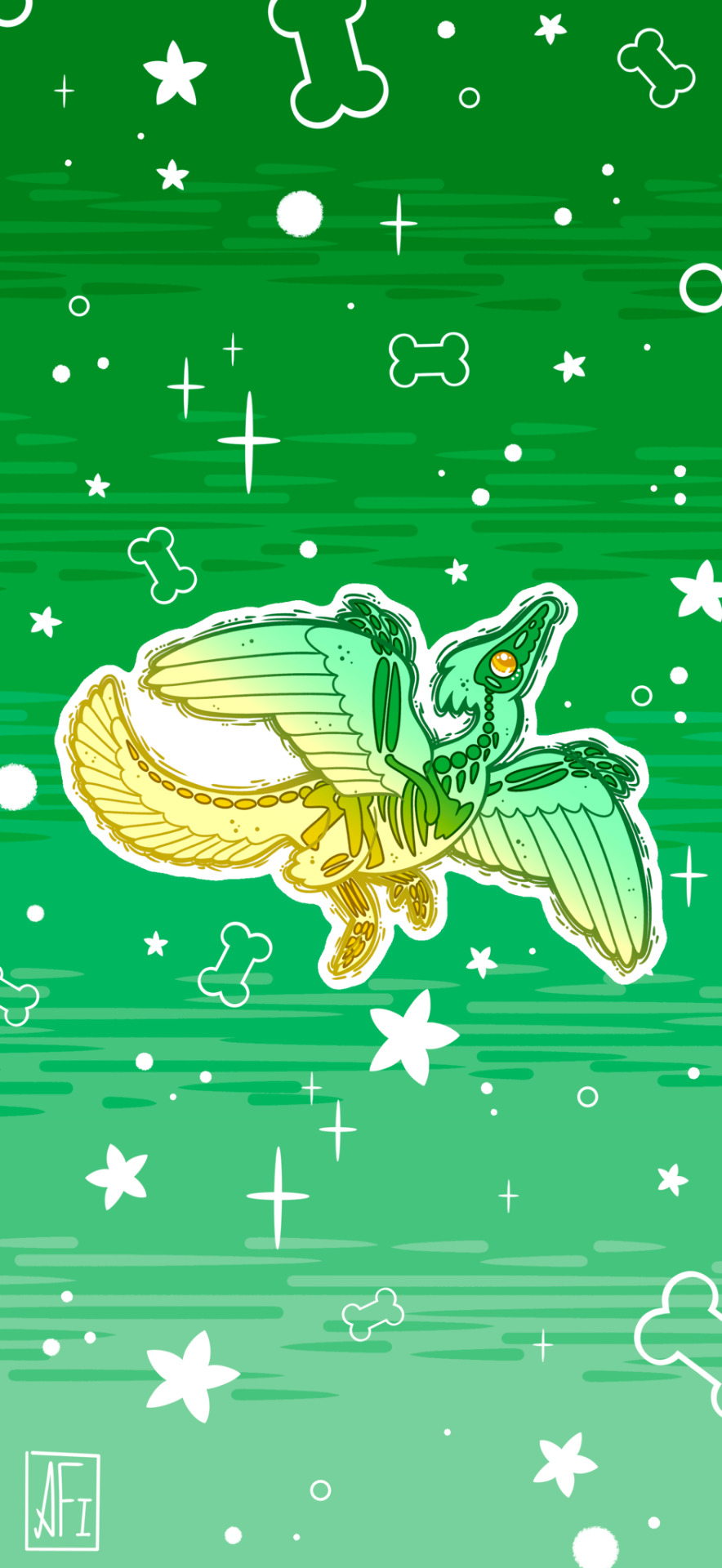
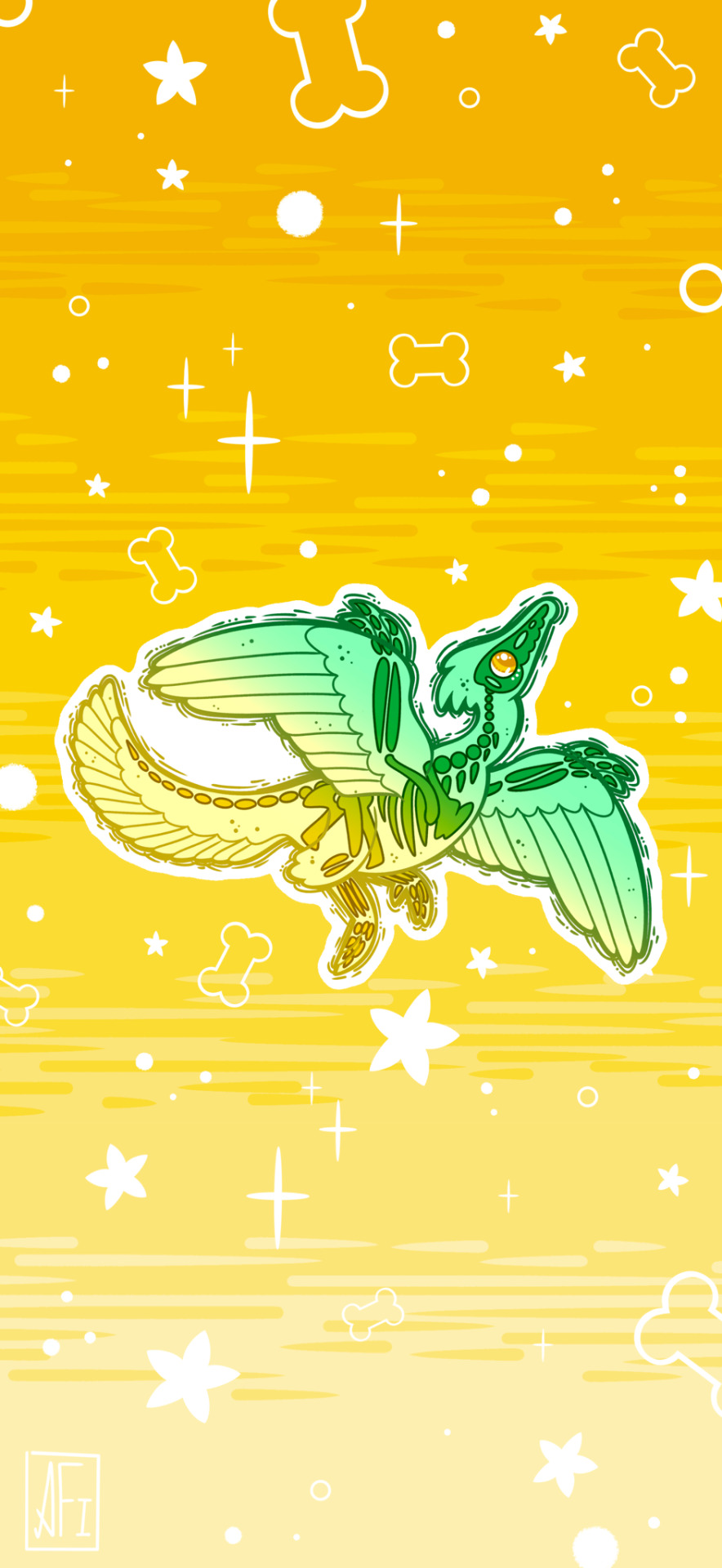
My two fluffiest boys: Sinosauropteryx and Archaeopteryx!
Despite having similar names, these two are not very closely related! Sinosauropteryx is a Compsognathid, while Archaeopteryx os an Avialan.
Get these stickers here!
#art#my art#paleoart#paleontology#science#illustration#dinosaur#sinosauropteryx#archaeopteryx#compsognathid#avialan#bird#phone wallpaper
36 notes
·
View notes
Text
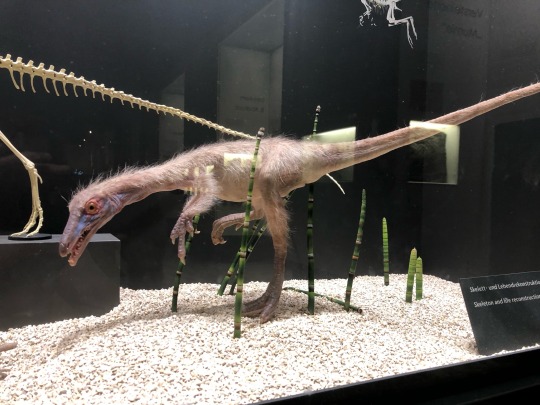
Everyone, give it up for the most hideous Compsognathus reconstruction of all time!

…Because it sure has given up.
#compsognathus#compsognathid#theropod#dinosaur#jurassic#paleoart#sculpture#this museum is rad but i can’t with this poor wretch
196 notes
·
View notes
Text

A Psittacosaurus wants to get to a tree claimed by a group of Sinosauropteryxes, but they're having none of it. Meanwhile, a Yutyrannus takes a much-needed bath, some Elanodactyluses fly past, a pack of Euhelopus have dinner, and some Callobatrachus hang out in their pond.
#sinosauropteryx#psittacosaurus#compsognathid#ceratopsian#theropod#dinosaur#yutyrannus#elanodactylus#pterosaur#euhelopus#callobatrachus#paleoart#palaeoblr#paleoblr#my art#cretaceous
183 notes
·
View notes
Text
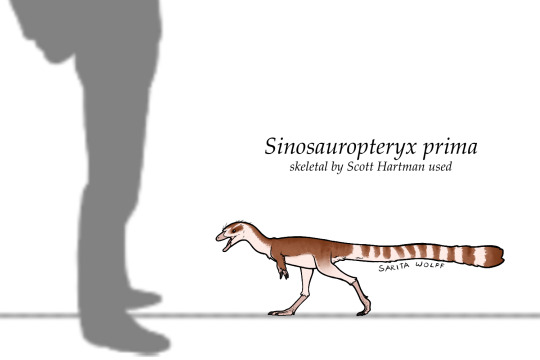
And the bonus Sinosauropteryx size chart!
#my art#SaritaDrawsPalaeo#Sinosauropteryx#Sinosauropteryx prima#Compsognathid#Theropod#dinosaurs#archosaurs#saurischians
86 notes
·
View notes
Text
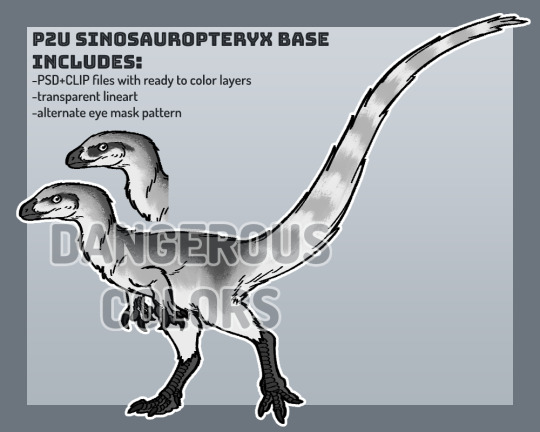
i just realized that i never posted this here ever . oops. anyway i converted the lineart from an old batch of adopts into a base last year! its 7 usd and ok to use for selling designs 👍🏽 link to the kofi shop page is in the source. extended terms of use are on the shop page as well
#paleoart#paleoblr#sinosauropteryx#compsognathid#base#art base#drawing base#p2u base#p2u lineart#vic.png#my art
15 notes
·
View notes
Text
Sinosauropteryx (the feathered compsognathid with a striped tail) versus hubris (featuring a special appearance by a chonky rat)
#i am obsessed with these funky fellas i just had to make this#sinosauropteryx#dinosaur#paleoart#animation#feathered dinosaurs#fat rat#no its not vore
4K notes
·
View notes
Text
Archovember 2024 Day 26 - Compsognathus longipes
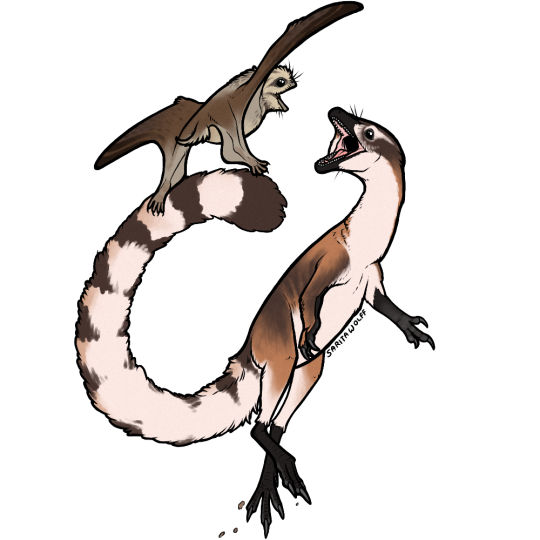
Before it was confirmed that birds were dinosaurs, Compsognathus longipes was regarded as the smallest dinosaur for decades. About the size of a chicken, its name means “elegant/refined/dainty jaw”. It lived in Late Jurassic Europe, found thus far in both Germany and France, with possible teeth also found in Portugal. It was carnivorous, and the remains of small lizards were found preserved in both fossil specimens. They were likely fast, scurrying animals, using their long tails for balance.

In the Late Jurassic, Europe was a dry, tropical archipelago at the edge of the prehistoric Tethys Sea. Both Compsognathus specimens were preserved within lagoons, possibly having died chasing lizards on the beach and then being swept out to sea in a flash flood. The German specimen is known from the Painten Formation, a part of the Solnhofen Limestone. The French specimen was found in limestone on the plateau of Canjuers. One of Compsognathus’ most famous contemporaries is the avialan Archaeopteryx, and the two may have competed over prey. It would have also lived alongside early pterosaurs like Propterodactylus, Rhamphorhynchus, and Anurognathus (as seen above). There were also a diverse variety of turtles, rhynchocephalians, and lizards living here as well, many of which served as prey for this tiny, catlike predator.

This art may be used for educational purposes, with credit, but please contact me first for permission before using my art. I would like to know where and how it is being used. If you don’t have something to add that was not already addressed in this caption, please do not repost this art. Thank you!
#Compsognathus longipes#Compsognathus#compsognathid#theropods#saurischians#dinosaurs#archosaurs#archosauromorphs#reptiles#Archovember#Archovember2024#Dinovember#Dinovember2024#SaritaDrawsPalaeo#Late Jurassic#Germany#France#Portugal#Painten Formation#Solnhofen Limestone#Solnhofen Limestone Formation
144 notes
·
View notes
Text
Maybe the real compsognathids were the friends we made along the way.
7 notes
·
View notes
Text
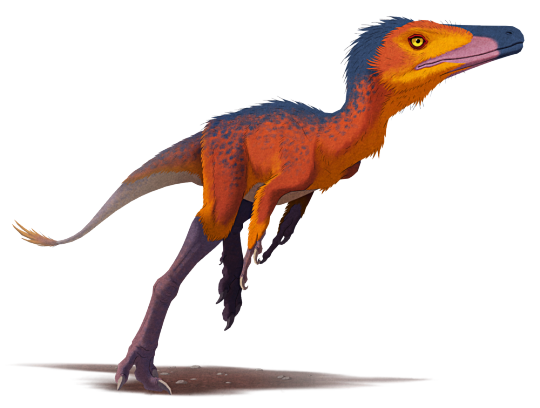
First discovered in the 1850s, Compsognathus longipes was the first theropod dinosaur known from a fairly complete skeleton, and also the smallest known non-avian dinosaur for over 130 years.
(A second specimen was also, briefly, the "first" aquatic non-avian dinosaur, but that's another story.)
Living in what is now Europe during the late Jurassic, about 150 million years ago, it was a lightly built animal with long legs and a long tail, growing to around 1.2m long (~4'). Its hands seem to have had only two functional fingers, with the third being vestigial and possibly not even having a claw.
Skin impressions from about a third of the way along its tail show small bumpy scales – but since other compsognathids like Sinosauropteryx are known to have been covered in fur-like feathers, this likely means that just that particular region of Compsognathus' body wasn't fluffy.
Some of Compsognathus' diet is known for certain, since preserved gut contents show it fed on smaller vertebrates like lizards and rhynchocephalians. The remains of a lizard in the stomach of one specimen were even identified as belonging to a previously-unknown species, Schoenesmahl dyspepsia, with the dismembered nature of the skeleton suggesting Compsognathus tore its prey into bite-sized chunks in a similar manner to modern predatory birds.
———
NixIllustration.com | Tumblr | Patreon
References:
Conrad, Jack L. "A new lizard (Squamata) was the last meal of Compsognathus (Theropoda: Dinosauria) and is a holotype in a holotype." Zoological Journal of the Linnean Society 183.3 (2018): 584-634. https://doi.org/10.1093/zoolinnean/zlx055
Gishlick, Alan D., and Jacques A. Gauthier. "On the manual morphology of Compsognathus longipes and its bearing on the diagnosis of Compsognathidae." Zoological Journal of the Linnean Society 149.4 (2007): 569-581. https://doi.org/10.1111/j.1096-3642.2007.00269.x
Peyer, Karin. "A reconsideration of Compsognathus from the Upper Tithonian of Canjuers, southeastern France." Journal of Vertebrate Paleontology 26.4 (2006): 879-896. https://www.jstor.org/stable/4524640
Wikipedia contributors. “Compsognathus.” Wikipedia, 17 Jun. 2024, https://en.wikipedia.org/wiki/Compsognathus
#science illustration#paleontology#paleoart#palaeoblr#compsognathus#compsognathidae#theropod#dinosaur#art
476 notes
·
View notes
Text
Sinosauropteryx prima

Finally, here's the final project I did for the course I recently took on scientific illustration in paleontology.
Sinosauropteryx was a small compsognathid from the Lower Cretaceous and lived in what is now northeastern China.
It was the first non-avian dinosaur to be found with evidence of feathers, of which even the color could be determined.
It is a very special animal with a special place in my heart.
#paleoart#palaeoart#paleontology#sinosauropteryx#sinosauropteryx prima#sciart#dinosaur#dinosaurs#scientific illustration#illustration
106 notes
·
View notes
Text
First art of the new year!

Sinosauropteryx prima - A compsognathid dinosaur from early Cretaceous China.
#sinosauropteryx#paleoart#paleontology#evolution#dinosaur#dinosaurs#birds#animal art#animals#zoology
20 notes
·
View notes